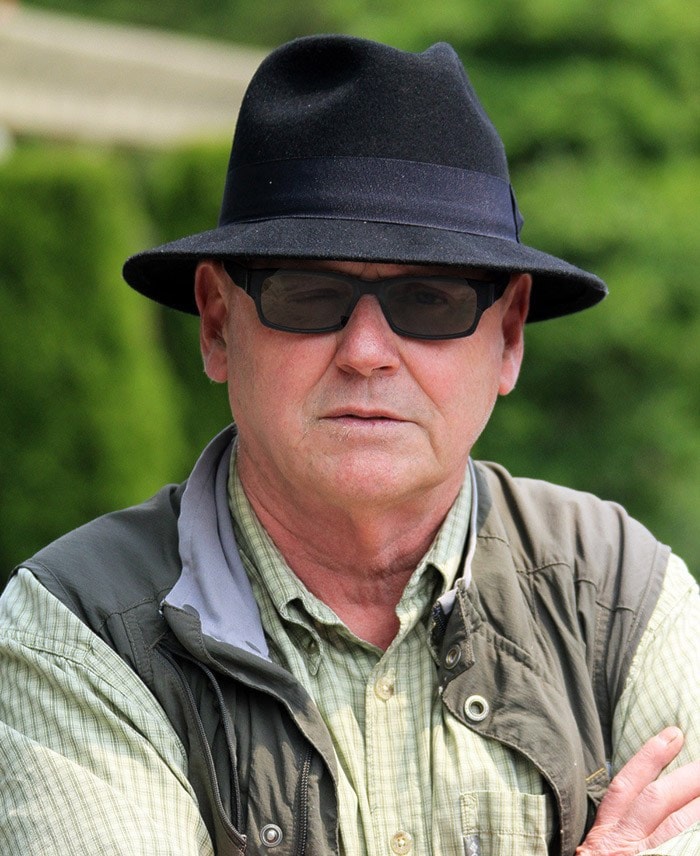If we give the fish a place to live, we can have a better place for man to live – Romeo LeBlanc, minister of fisheries, 1977.
The father of the current fisheries minister, Dominic LeBlanc, brought habitat protection into the Fisheries Act under Pierre Trudeau, the father of our current prime minister.
Romeo LeBlanc knew there’ll be fish as long as there are marshes, wetlands, streams and lakes for fry to rear in.
Today, in the DFO forum, letstalkfishhabitat.ca, the public argues passionately for restoration of the protection that vanished in 2012, when Stephen Harper deleted the word “habitat” from the Fish Act in Bill C-38.
The public tells Dominic LeBlanc what it told Chief Justice Bruce Cohen during the $30-million inquiry into vanishing Fraser River sockeye. It repeats pleas the Conservative government ignored at public “workshops” that I sat in before it gutted Section 35.
Here’s what most folks say again: research pathogens and disease from fish farms; ban them from the ocean; implement a “net gain” habitat policy instead of “no net loss,” a loophole for developers; remediate fish habitat lost to urbanization (Cultus Lake’s sockeye was sacrificed when DFO refused to save spawning ground for fish of “insignificant value”); restore productive habitat upstream of flood control structures in B.C.
The Standing Committee on Fisheries and Oceans now studies those comments along with presentations from industry, which maintains protection hasn’t really been reduced for fisheries “of significant economic value.”
But another presentation by Randy Christensen and Lina Azeez, of Watershed Watch – a group aimed at reconnecting sloughs with parent rivers like the Fraser – suggests federal funds to municipalities for upgrades to diking infrastructure should be fish friendly.
Sloughs, Azeez explained, need to be recognized for their potential to ensure a sustainable resource protected by an act without loopholes. In short, they’re significant.
Loopholes.
Romeo knew the self-interest would find loopholes to evade personal restraints.
“Habitat protection will always remain a difficult battle. It runs against the energies of good people following their natural bent: developers, loggers, land reclaimers.”
His solution?
“Constant monitoring … the alternative of forever losing fish is not acceptable.”
Today, farmers are no longer restrained by words prohibiting “the destruction or disturbance of habitat.” Nor are private home owners. Many productive streams are now legally “ditches,” undervalued, dismissed.
Maple Creek in Port Coquitlam, for example. This year, DFO senior management approved moving this coho rearing stream to accommodate a bigger house.
I wrote Prime Minister Justin Trudeau, asking him to halt DFO approvals like that before municipal planners everywhere rubber stamp them. LeBlanc responded for Trudeau without addressing the issue.
Currently, good people can check watercourse guidelines on-line and decide whether work plans cause “serious damage” or constitute “permanent alteration.” Don’t bother if the stream doesn’t contain fish “of significant value.”
Trudeau says we shouldn’t worry about the environmental impact of 400 oil tankers down the West Coast to Chinese refineries. LeBlanc has declared he’s okay with that, too. But his father put habitat protection above industry.
Where’s Dominic LeBlanc on fish habitat? Time will tell.
“How often,” noted Thomas Paine (Common Sense, 1775) “is the natural propensity of society – giving fish a place to live, for example – disturbed by the operations of government.” Intended to preserve our values, it often “becomes the cause of mischiefs it ought to prevent.”
– Jack Emberly is a retired teacher, local author and environmentalist.
